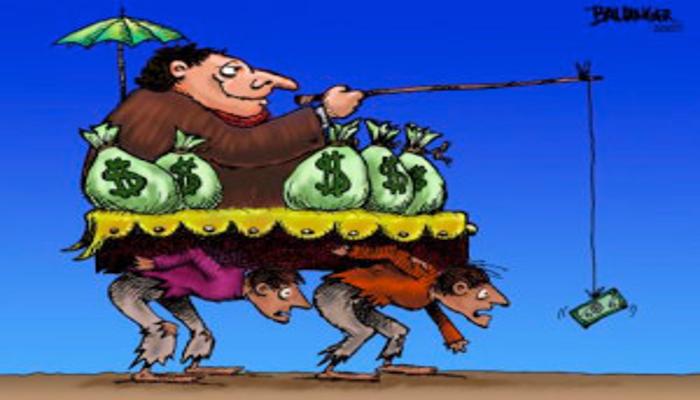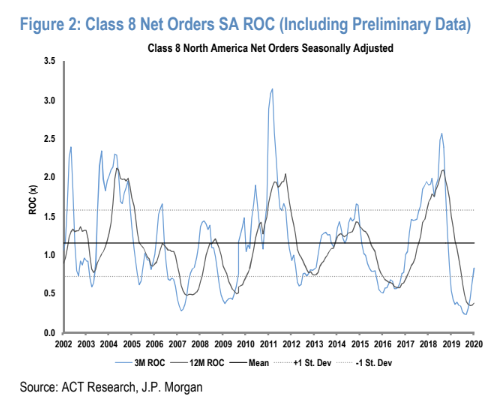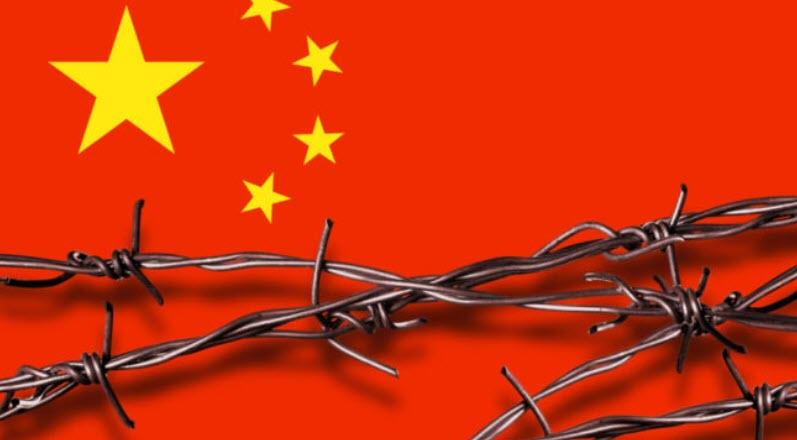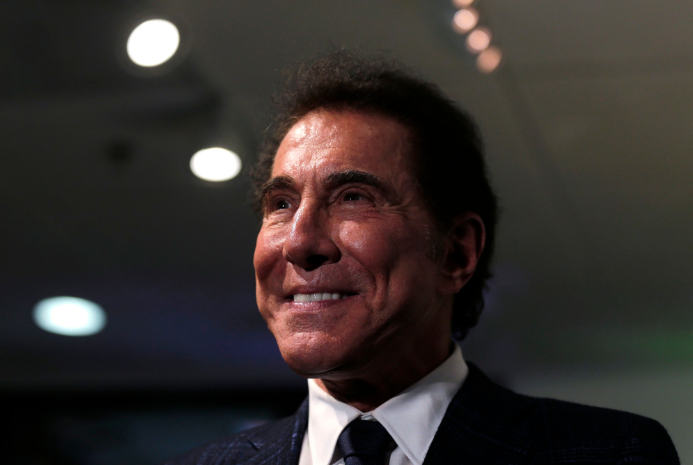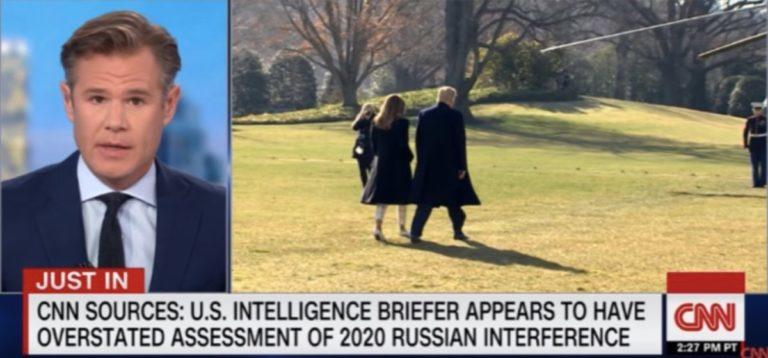Why Governments Hate Secession
Authored by Ryan McMaken via The Mises Institute,
When the Soviet Union began its collapse in 1989, the world witnessed decentralization and secession on a scale not seen in Europe since the nineteenth century.
Over the next several years, puppet regimes and states-in-name-only broke away from Soviet domination and formed sovereign states. Some states which had completely ceased to exist—such as the Baltic states—declared independence and became states in the own right. In total, secession and decentralization in this era brought about more than twenty newly independent states.
This period served as an important reminder that human history is not, in fact, just a story of ever increasing state power and centralization.
Since then, however, the world has seen very few successful secession movements. A handful of new countries have come into being over the past twenty years, such as East Timor and South Sudan. But in spite of many efforts by separatists worldwide, there have been few changes to the lines on the maps.
This has certainly been the case in Europe and the Americas, where from Quebec to Scotland to Catalonia to Venice demands for independence have been met with trepidation and sometimes outright threats of violence from central governments.
Countries Don’t Like to Get Smaller
This is partly due to the fact state organizations—that is, the people who control them—have little motivation to give up the benefits conferred by bigness. States that control larger geographic areas and larger populations have greater ability to project their power and get more power.
Greater size means a larger frontier that can act as a physical buffer between the state’s enemies and the state’s economic core. Physical size is also helpful in terms of pursuing self-sufficiency in both energy production and agriculture. More land means greater potential for resource extraction and acreage devoted to food production. From the state’s perspective, these activities are good things because they can be taxed or expropriated.
In terms of population size, state control over larger populations means more human workers to tax, and, potentially, more highly productive urban workers. Historically at least, larger populations also provided personnel for military uses.
Thus, states that control large territories and populations are able to directly control larger and more diverse economies within their borders. This means more tax revenue, which in turn means greater military capability.
Naturally, state organizations are not inclined to abandon these advantages lightly, even when secession movement express a desire that they do so.
Why States Sometimes Get Smaller
Sometimes, though, states are forced to contract in size and scope. This usually happens when the cost of maintaining the status quo becomes higher than the cost of allowing a region to gain autonomy.
Historically, the cost of maintaining unity is raised through military means. Examples of this tactic being successfully employed include the cases of the United States, the Republic of Ireland, and some of the successor states of Yugoslavia.
But secession and decentralization have also often been achieved through bloodless or near bloodless means. This was the case in Iceland and throughout most of the post-Iron Curtain states.
Bloodless secession movements, however, only occur when the parent state is weakened by larger events beyond the secession movement itself. Iceland, for example, seceded in 1944, when World War II ensured that Denmark was in no position to object. The post-Soviet states seceded when the Soviet state had been rendered impotent by decades of economic decline and (in 1991) a failed coup. Nor is it a coincidence that India gained independence from the United Kingdom in the years immediately following World War II. It is likely the UK could have held on to India through military means indefinitely, but this would have come at a very high cost to the British economy and standard of living.1
It is possible to envision largely “amicable” separations. The model for this is the separation of Canada, Australia, and New Zealand from the the United Kingdom. But even in these cases, British control over these Commonwealth states’ foreign policy was not totally abandoned until after World War II, when the British state had been weakened by depression and war. Moreover, the British state assumed that these newly independent states would remain highly reliable geopolitical and economic allies indefinitely. Thus, the geopolitical cost of separation was perceived to be low.
Mega-States Are the Ideal State
In cases where the seceding state is perceived to have differing cultural, economic, or geopolitical interests—which is true of the overwhelming majority of cases—the parent state is, all else being equal, likely to meet demands for secession with much hostility.
Although liberal ideology has diminished the perception among much of the world’s population that bigger is better, most government agents—who are by nature decidedly illiberal—see things differently. For them, the ideal state is most certainly a large state.
Those who delight in the generous application of state violence have noticed that it is not a coincidence the world’s most powerful states—e.g., the US, Russia, China—are those that control large populations, large economic centers, and large geographic areas with sizable frontiers. The combination of these three factors in various configuration ensures that existential threats to the regime are few and far between. Russia’s relatively small economy—only a fraction of the size of Germany’s economy—is mitigated by its enormous geographical frontiers. Its economy is nonetheless large enough to maintain a nuclear arsenal. China’s per capita wealth is quite small, but Chinese territory and the sheer size of its overall economy ensures protection from foreign attack. The US’s enormous economy and its huge ocean frontiers render it essentially immune to all existential threats other than large-scale nuclear war.
Large states such as these are limited only by the defensive capabilities of other states, and by the threat of domestic unrest and resistance. As Ludwig von Mises noted in Liberalism, states can take only as much power as their populations are willing to give it. There are limits to the public’s generosity.
Totalitarian States Require Bigness
This relationship between bigness and state power has been illustrated in the fact totalitarian states are virtually always large states.
In her book The Origins of Totalitarianism, Hannah Arendt examines a number of nontotalitarian dictatorships that sprang up in Europe before the Second World War. These included (among others) the Baltic states, Hungary, Portugal, and Romania. In many of these cases, Arendt contends the regimes attempted to turn themselves into totalitarian regimes, but failed. This was largely due to their lack of size:
Although [totalitarian ideology] had served well enough to organize the masses until the movement seized power, the absolute size of the country then forced the would-be totalitarian ruler of masses into the more familiar patterns of class or party dictatorship. The truth is that these countries simply did not control enough human material to allow for total domination and its inherent great losses in population. Without much hope for the conquest of more heavily populated territories, the tyrants in these small countries were forced into a certain old-fashioned moderation lest they lose whatever people they had to rule. This is also why Nazism, up to the outbreak of the war and its expansion over Europe, lagged so far behind its Russian counterpart in consistency and ruthlessness; even the German people were not numerous enough to allow for the full development of this newest form of government. Only if Germany had won the war would she have known a fully developed totalitarian rulership.
Arendt was not an economist, but had she been one, she might have noted that the necessity of size is so central to totalitarian regimes because they are so economically inefficient. Contrary to promises of machine-like efficiency made by advocates of ever more powerful states, totalitarian states are absurdly wasteful both in terms of capital and human life. The same is true—to varying extents—for all regimes. But as the most centrally-planned ones—whether totalitarian or not—quickly become economic basket cases, large size is necessary. A smaller state would quickly exhaust its capital and its population, and the regime would collapse. Size can provide the appearance of sustainability for longer.
Cultural factors cannot be ignored, however. Arendt concedes this process of collapse can be drawn out longer in societies that are more ideologically tolerant of it:
Conversely, the chances for totalitarian rule are frighteningly good in the lands of traditional Oriental despotism, in India and China…
That region’s relative tolerance for despotism is enabled by local ideologies that foster a “feeling of superfluousness,” which according to Arendt “has been prevalent for centuries in the contempt for the value of human life.”
Continued Movement toward Smaller States
Fortunately for humanity, the trend in the world today is toward smaller states. As numerous scholars have noted, the average number of states in the world is larger now than at any other time in recent centuries. Moreover, the rise of global trade has lessened the benefits of imperialism and expanding a state’s frontiers and population. As Mises observed, freedom in trade negates the need for a state to acquire more of the world’s wealth through militaristic or imperialistic methods. States often still seek economic “self-sufficiency,” but the cost of this is so high, and the benefits of open trade so enticing, that more states are willing to accept trade as a substitute for “lebensraum.” This can already be observed, as globalization has allowed small states to thrive, and small states have even acted to force greater discipline on large states through tax competition.
There are certainly exceptions to this. Some small states, such as North Korea, have maintained an economically isolationist and totalitarian stance—fueled both by internal paranoia and by real perennial threats issued by its enemies (especially the US), in the case of the latter. For the most part, however, the spread of markets (and promarket ideology) has raised the opportunity cost of militaristic expansion from the state’s perspective. If offered the chance to expand at low cost, though, virtually all regimes would take the opportunity in a heartbeat. And this is why we will likely continue to see regimes enthusiastically resist secession within their own borders. States don’t have many opportunities to expand their territories and populations. So they’re not about to sign off on secession lightly. Nevertheless, new economic realities, wars, and demographic shifts may certainly affect the equation in coming years. And then we may again see a redrawing of maps of a sort not seen since the end of the Cold War.
Tyler Durden
Tue, 02/25/2020 – 18:55
via ZeroHedge News https://ift.tt/39bbLfD Tyler Durden
